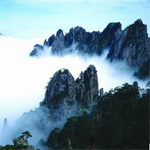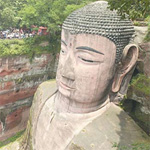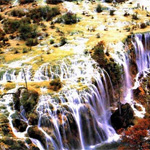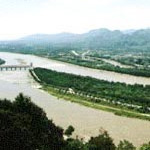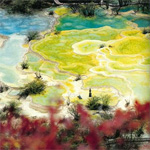Mountain Emei
Mountain Emei is located in Emei Shan City, Sichuan Province. Its main summit is Golden Summit. Its highest peak, Wanfo Summit, is 3,099 meters above the sea level. Mountian Emei is only 30 km from Leshan Giant Buddha, the world's biggest and most ancient stone sculpture of the Buddha. Mountian Emei and Leshan Giant Buddha were list the World Natural and Cultural Heritage in 1996.
Mountain Emei is the famous national park with one century old history of China. Unique geographical and Climatic conditions endow it with unrivalled vegetation and countless ornamental plants. Standing on the Golden Summit, visitors can view the Sunrise, the Sea of Clouds, the Buddhist Divine and the Saints' Lights. When you enjoy the snow-clad mountains and trees like a silver world in the winter, the azaleas flowers are in full bloom like the sea of flower in the summer. In autumn, the Mountains are covered with red autumnal leaves. The beautiful scenery shall make you enjoy yourself so much as to forget to go home.

 Inquiry Basket (
Inquiry Basket (

